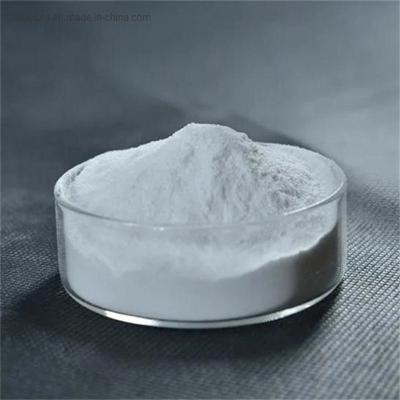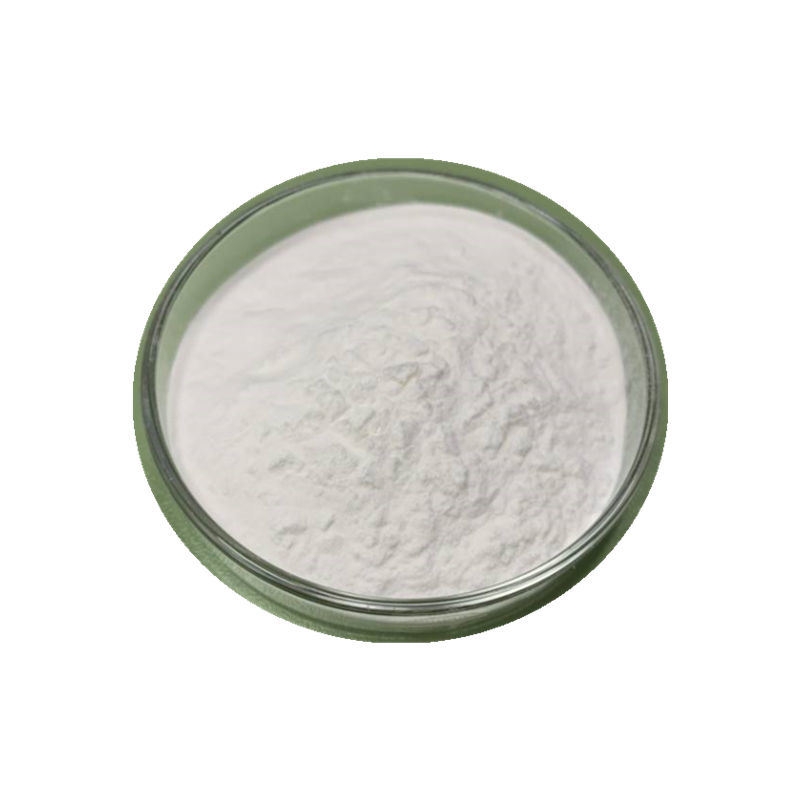-
Categories
-
Pharmaceutical Intermediates
-
Active Pharmaceutical Ingredients
-
Food Additives
- Industrial Coatings
- Agrochemicals
- Dyes and Pigments
- Surfactant
- Flavors and Fragrances
- Chemical Reagents
- Catalyst and Auxiliary
- Natural Products
- Inorganic Chemistry
-
Organic Chemistry
-
Biochemical Engineering
- Analytical Chemistry
- Cosmetic Ingredient
-
Pharmaceutical Intermediates
Promotion
ECHEMI Mall
Wholesale
Weekly Price
Exhibition
News
-
Trade Service
| Scientists explain the arena virus replication regulation mechanism in detail |
| Provide potential targets for the development of broad-spectrum antiviral drugs |
■Reporter Feng Lifei
■Reporter Feng Lifei ■Reporter Feng Lifei In a paper published on the cover of "Nature-Microbiology" on June 14th, Shi Yi, a researcher at the Institute of Microbiology of the Chinese Academy of Sciences, and his collaborators used cryo-electron microscopy to analyze two arenaviruses-Lassa virus and Lassa virus.
The complex structure of the L polymerase protein of Horse Qiubo virus and its corresponding matrix protein Z has further revealed the mechanism of the negative regulation of polymerase activity by the Z protein
.
Related discoveries can provide potential targets for the development of broad-spectrum antiviral drugs
Chinese Academy of Sciences
So, what is arena virus? How is its infection situation in the world? How does this study provide guidance for the development of broad-spectrum drugs? "China Science Daily" interviewed Shi Yi, the corresponding author of the paper
.
Two key "targets"
Two key "targets" Arenavirus is a kind of RNA virus.
Observed by ultra-thin section of electron microscope, the virus particles usually have ribosomal particles from host cells in the form of sand particles, hence the name
.
Shi Yi introduced that all arenaviruses known to cause human diseases belong to the genus of arenaviruses
.
Its typical representative is Lassa virus
.
The virus is transmitted through the excrement of rodents such as mice and the blood and body fluids of patients.
However, at present, for most arenavirus infections such as Lassa virus, there are no specific drugs and vaccines, and the treatment of related diseases still has great difficulties
.
The transcription and replication of arenavirus mainly rely on the "molecular machine" synthesized by the virus itself-polymerase (L protein)
.
This polymerase is relatively conservative for all arenaviruses, and related targeted drugs are more hopeful to obtain good specificity
At the same time, during the virus life cycle, arenavirus Z protein can negatively regulate the activity of L polymerase and promote virus particle assembly
.
However, the mechanism by which protein Z regulates the activity of L polymerase remains unclear
.
Revealing the working mechanism of arenavirus L polymerase and the molecular mechanism of its interaction with the Z protein is essential for a comprehensive understanding of the replication mechanism of arenavirus, and will also provide new ideas for the prevention and treatment of arenavirus infection-related diseases Guiding the direction
.
Virus replication "master control": L polymerase dimerization
Virus replication "master control": L polymerase dimerization According to the evolution of arenavirus and the geographical features of its prevalence, the genus of mammalian arenaviruses can be divided into Old World and New World arenavirus groups
.
In order to systematically study the replication mechanism of arenavirus, Shi Yi's team analyzed the fine three-dimensional structure of two representative viruses in the Old World and New World arenavirus groups-Lassa virus and Maqiubo virus polymerase
.
Maqiubo virus was first discovered in Bolivia in 1959, and the virus is carried by mice
.
In the early stages of infection, flu-like symptoms such as fever, headache, and anorexia may appear
Through structural analysis and biochemical experiments, they found that the enzyme activity center of arenavirus polymerase was in a naturally opened active conformation, and revealed the recognition mode of polymerase and RNA, and initially clarified that L polymerase itself dimerizes its replication and Regulation of transcriptional activity
.
These findings provide key information for understanding the evolutionary connections and differences of different arenaviruses, as well as new candidate targets for subsequent drug design targeting arenavirus polymerase
.
Related research was published in Nature last year
Z protein: negatively regulate polymerase activity
Z protein: negatively regulate polymerase activity On this basis, Shi Yi's team further studied the molecular mechanism of arenavirus matrix protein Z negatively regulating polymerase activity
.
They used cryo-electron microscopy to analyze the complex structure of Lassa virus and Maqiubo virus polymerase L protein and its corresponding matrix protein Z, and the ternary complex structure of LZ binary complex and 3'-vRNA
.
The structure shows that in each pair of complexes, a protein Z is bound to a polymerase as a monomer, and the binding site is located at the periphery of the "palm domain" of the polymerase, which is far away from the RNA binding site, indicating that protein Z is bound The latter does not affect the polymerase’s "recruitment" of RNA templates, suggesting that protein Z may negatively regulate polymerase activity through allosteric effects
.
The researchers further discovered that the Z protein binds to the distal ends of the two catalytic motifs in the polymerase, presumably to prevent the conformational changes of these two catalytic elements during the RNA synthesis process, so that the polymerase loses its catalytic activity
.
They used hydrogen-deuterium exchange mass spectrometry experiments to prove this hypothesis
The researchers also found that the Z protein binds to the L protein through its middle domain, and a highly conserved hydrophobic loop dominates the interaction with the L polymerase protein
Because this binding motif is highly conserved, they also observed that Lassa virus and Maqiu virus Z protein and L protein can exhibit cross-inhibitory effects in vitro.
The authors stated that the above findings provide a new direction for the design of broad-spectrum antiviral drugs targeting polymerases, suggesting that broad-spectrum inhibitors can be developed by inhibiting the conformational changes of the polymerase's conservative functional motifs
Related paper information:
Related paper information:https://doi.
https://doi.
org/10.
1038/s41564-021-00916-w







